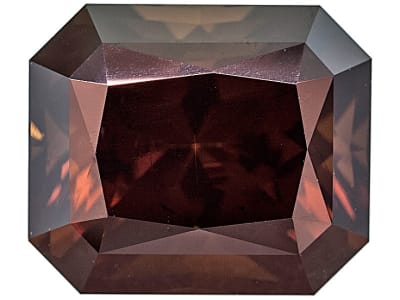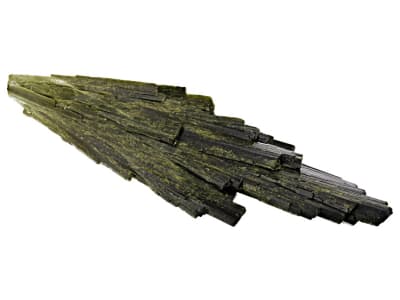A pearly transparent to nearly opaque gemstone, Epidote often has a yellowish-green or green "pistachio" color. Faceted stones may appear black due to the dark nature of the colors. Epidote specimens are often appreciated for their dramatic crystal displays featuring long and slender prismatic crystals. Epidote also forms needle-like inclusions in Prehnite and quartz.
General Information
Tolerance:(+0.012/-0.035)
LWUV: inert
Epidote Colors
-
 Black
Black -
 Brown
Brown -
 Green
Green -
 Yellow
Yellow
Epidote Spectra
We acknowledge the significant scientific contributions of John S Harris, FGA to the study of gemstone spectra and with deep appreciation to him, acknowledges the use of his images and related notes about gemstones and their spectra in the educational materials on this website.
Alternate Names
Pistacite- Yellow Green
Countries of Origin
Afghanistan; Pakistan; Unknown; China; United States of America; Brazil; Mexico; Peru
Care
Epidote is brittle so please take care when handling.




